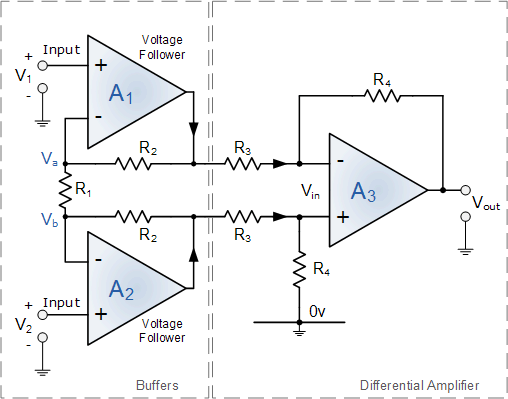soudabeh
Newbie level 6
hello all,
I want to amplify the output voltage of the bridge(ΔVo) in the circuit which is attached. The amount of capacitances are 47 nanofarad in balanced state & the power supply is a sine wave with frequency of 2.6MHz & amplitude of 0.8 volt. I used a xr2206 ic for producing the sine wave. R1 & R2 are 10k. Csensor is variable & its maximum is 85 nf. maximum ΔVo is 140mv & it's very low, so I want to amplify it, but the problem is that even AD829 ic can't amplify it. i don't know what the problem is . I will be gratful if anyone can help me. please tell me how i can amplify this voltage.
thanks.
I want to amplify the output voltage of the bridge(ΔVo) in the circuit which is attached. The amount of capacitances are 47 nanofarad in balanced state & the power supply is a sine wave with frequency of 2.6MHz & amplitude of 0.8 volt. I used a xr2206 ic for producing the sine wave. R1 & R2 are 10k. Csensor is variable & its maximum is 85 nf. maximum ΔVo is 140mv & it's very low, so I want to amplify it, but the problem is that even AD829 ic can't amplify it. i don't know what the problem is . I will be gratful if anyone can help me. please tell me how i can amplify this voltage.
thanks.


